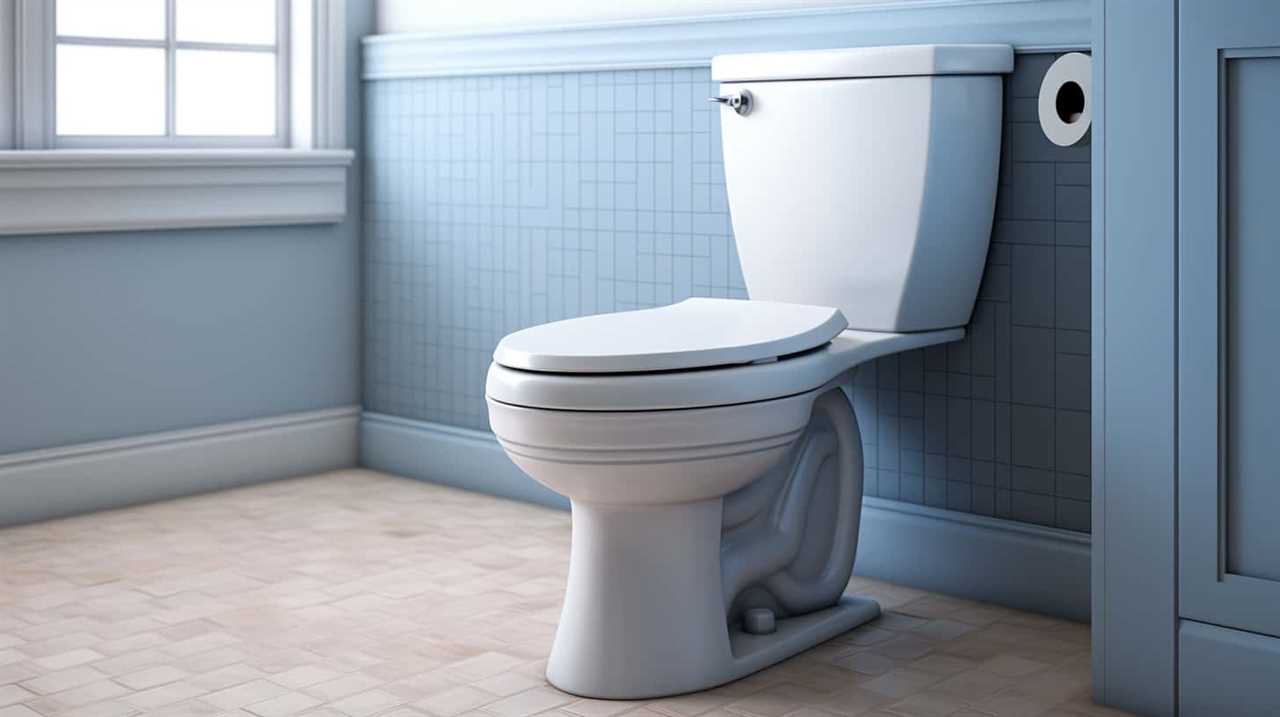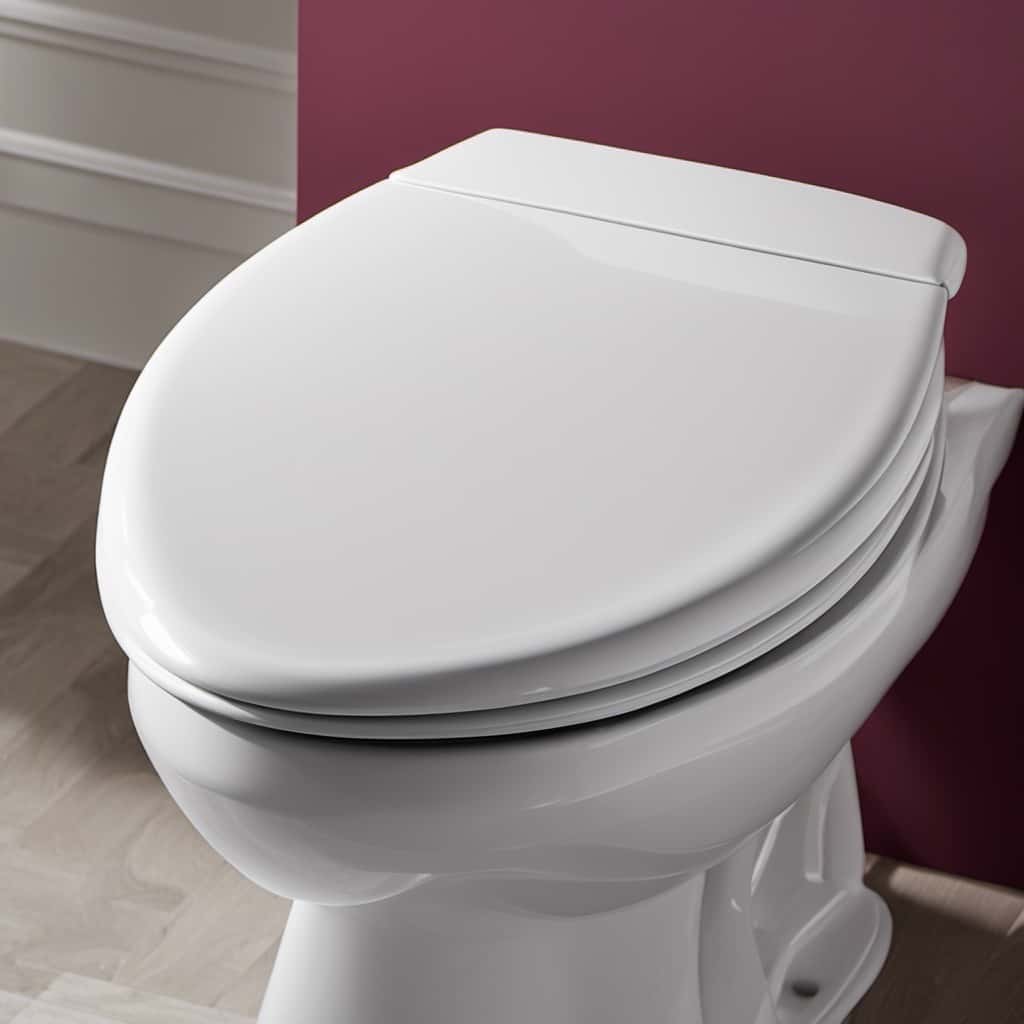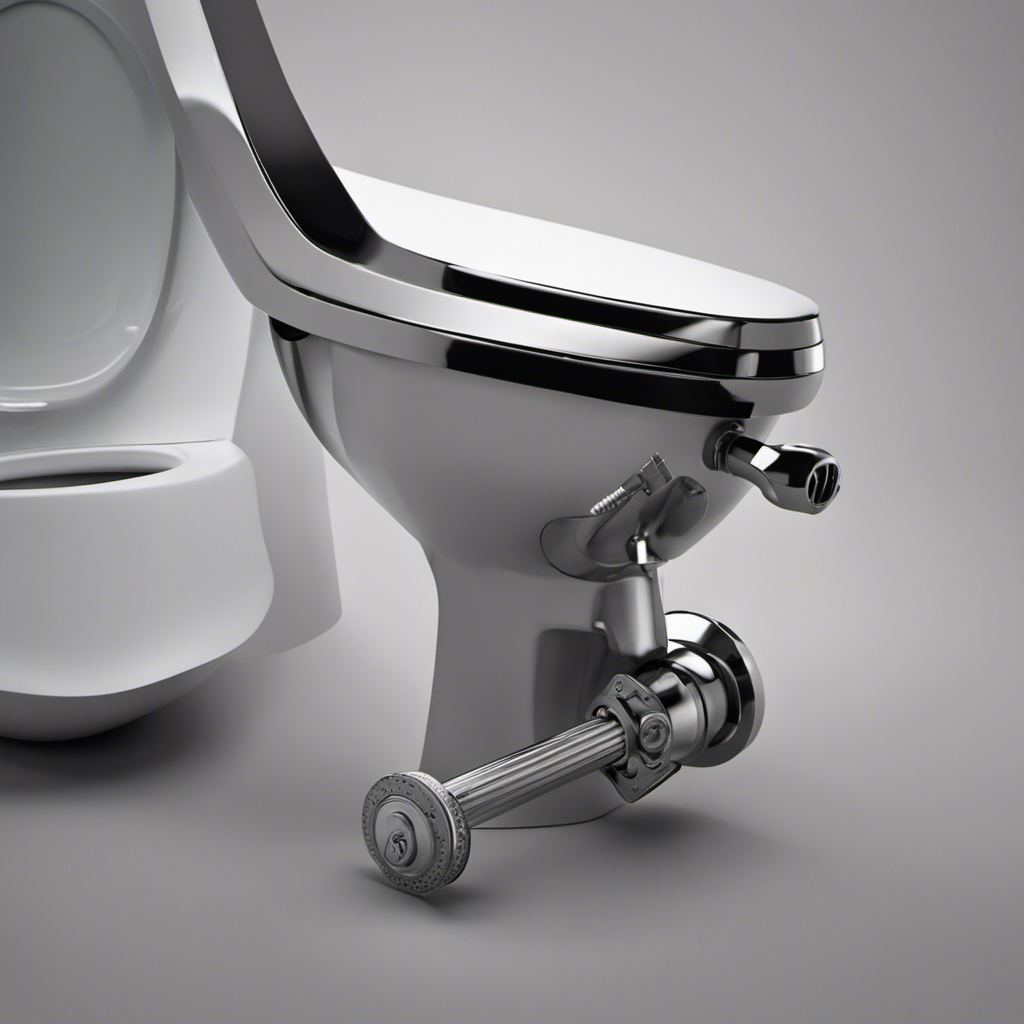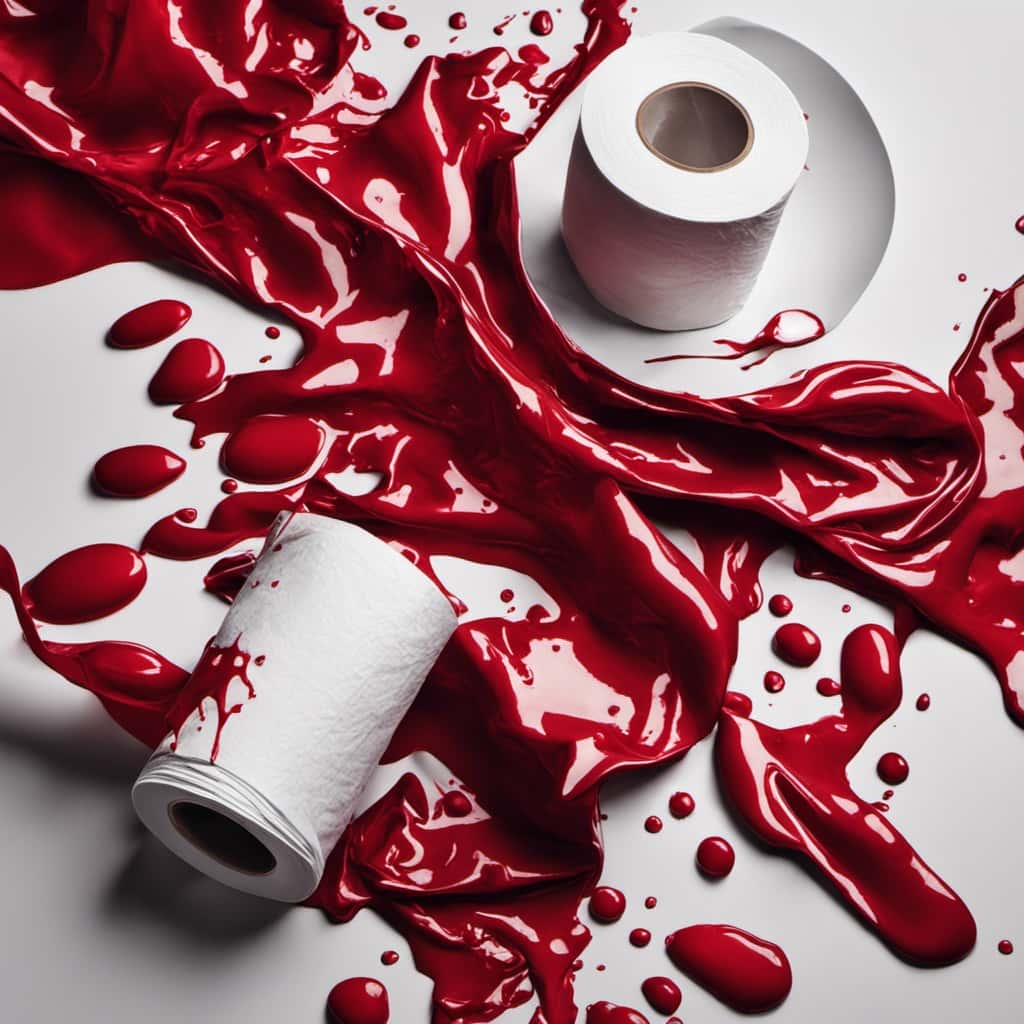Have you ever wondered about the proper way to dispose of tampons? Well, we’ve got the scoop for you!
In this article, we’ll delve into the controversial topic of flushing tampons. Let’s face it – it’s a topic that many of us are hesitant to discuss, but it’s important to address the environmental impact, potential plumbing problems, and risks to public sewer systems.
Don’t worry, we’ll also explore alternative disposal methods to ensure you make an informed decision.
So, let’s dive in!

Key Takeaways
- Flushing tampons can result in clogging of sewage systems and costly repairs for wastewater treatment facilities.
- Improper disposal of tampons can lead to raw sewage being released into the environment, posing a threat to water quality and causing water pollution.
- Accumulation of non-degradable materials such as tampons can cause blockages and clogs, leading to expensive plumbing repairs.
- It is important to consider alternatives to flushing tampons, such as using biodegradable tampons, menstrual cups, tampon disposal bags, or utilizing sanitary bin services. Proper disposal methods should be followed to prevent clogging and pollution, and to protect public sewer systems and the environment.
Environmental Impact of Flushing Tampons
One of the most significant environmental impacts of flushing tampons is the clogging of sewage systems. When tampons are flushed down the toilet, they can accumulate and form blockages in the pipes. This can lead to costly repairs and maintenance for wastewater treatment facilities.
Additionally, the clogging of sewage systems can cause backups and overflows, which can result in raw sewage being released into the environment. This poses a serious threat to water quality and can contribute to water pollution.
Tampons are made of materials that don’t break down easily, such as cotton and synthetic fibers. As a result, they can persist in the environment for a long time, further exacerbating the problem.
It’s important to dispose of tampons properly in order to protect our wastewater treatment systems and prevent water pollution.

Potential Plumbing Problems
We have encountered numerous plumbing problems caused by flushing tampons. Flushing tampons can lead to potential damage and costly repairs in your plumbing system. When tampons are flushed, they can easily get stuck in the pipes, causing blockages and clogs. This can result in slow drains, overflowing toilets, and even burst pipes.
The materials used in tampons, such as cotton and synthetic fibers, don’t break down easily and can accumulate over time, worsening the plumbing issues. Repairing these damages can be expensive, requiring professional help to unclog pipes or replace damaged ones.
It’s important to be mindful of what you flush down your toilet to prevent these potential plumbing problems and the subsequent risks to public sewer systems.
Risks to Public Sewer Systems
Flushing tampons poses risks to public sewer systems, as the accumulation of these non-degradable materials can cause blockages and clogs that may lead to costly repairs and potential damage. These blockages can have serious consequences for water contamination, as they can impede the flow of wastewater through the sewer system.

When tampons accumulate, they can create backups, which may cause sewage to overflow into streets, yards, or even people’s homes. This not only poses health risks but also harms the environment.
Additionally, the impact on wastewater treatment facilities can’t be overlooked. Tampons can hinder the proper functioning of these facilities, leading to inefficiencies in the treatment process.
In order to prevent these risks and protect our sewer systems, it’s important to explore alternative options to flushing tampons.
Alternatives to Flushing Tampons
To avoid the risks posed to public sewer systems, it’s important to consider alternative options for disposing of tampons. Here are some alternatives to flushing tampons:

- Biodegradable options: There are tampons available in the market that are made from biodegradable materials. These tampons break down naturally over time, reducing their impact on the environment.
- Menstrual cup alternatives: Menstrual cups are reusable and eco-friendly alternatives to tampons. Made from medical-grade silicone, they collect menstrual fluid and can be emptied and cleaned for reuse. They’re a cost-effective and sustainable option.
- Tampon disposal bags: These bags are specifically designed for discreet and hygienic disposal of tampons. They’re small and portable, making them convenient to carry in your bag.
- Sanitary bin services: Many public restrooms provide sanitary bins for the disposal of feminine hygiene products. These bins are regularly emptied and sanitized by professional services.
- Incineration: Some communities have incineration facilities where tampons can be safely disposed of. This method ensures complete destruction of the tampons.
Considering these alternatives to flushing tampons can help protect public sewer systems and the environment.
Now, let’s explore proper disposal methods for tampons.
Proper Disposal Methods
Now, let’s explore how we can properly dispose of tampons without causing harm to public sewer systems and the environment.
When it comes to disposing of tampons, it’s important to choose the right method to prevent clogging pipes and polluting water sources.

There are several disposal options available, including wrapping the tampon in toilet paper and throwing it in the trash, or using biodegradable tampon disposal bags.
Wrapping the tampon in toilet paper helps contain any odors and prevents it from being visible in the trash.
Biodegradable tampon disposal bags are designed to break down naturally and are a more environmentally friendly option.
Frequently Asked Questions
Can Flushing Tampons Cause Harm to Marine Life or Ecosystems?
Flushing tampons can harm marine life and ecosystems. Tampon disposal methods should be followed to avoid environmental damage. Flushing introduces non-biodegradable materials into the water system, leading to pollution and potential harm to aquatic organisms.

What Are Some Common Signs of Plumbing Problems Caused by Flushing Tampons?
Common signs of plumbing problems caused by flushing tampons include clogged drains, backups, and sewage leaks. To prevent these issues, it is important to dispose of tampons in the trash and educate others on proper disposal methods.
Are There Any Potential Risks to Septic Systems When Tampons Are Flushed?
There may be potential health risks and environmental impact associated with flushing tampons, especially for septic systems. It is important to dispose of tampons properly to avoid potential damage and ensure the well-being of both our health and the environment.
What Are Some Alternative Methods for Disposing of Tampons?
When it comes to disposing of tampons, there are alternative methods available. However, it is important to consider the potential health risks associated with these methods.
Can Tampons Be Composted or Biodegraded?
Composting tampons is not recommended due to their non-biodegradable nature. They can cause harm to the environment and disrupt the composting process. Proper disposal in a trash bin is the best option to minimize environmental impact.

Conclusion
In conclusion, it isn’t recommended to flush tampons due to the negative environmental impact, potential plumbing problems, and risks to public sewer systems. Instead, it’s important to explore alternatives such as proper disposal methods.
For example, a case study from a city that implemented a comprehensive education campaign on tampon disposal saw a significant decrease in clogged pipes and sewer backups, leading to cost savings and a cleaner environment for all.










